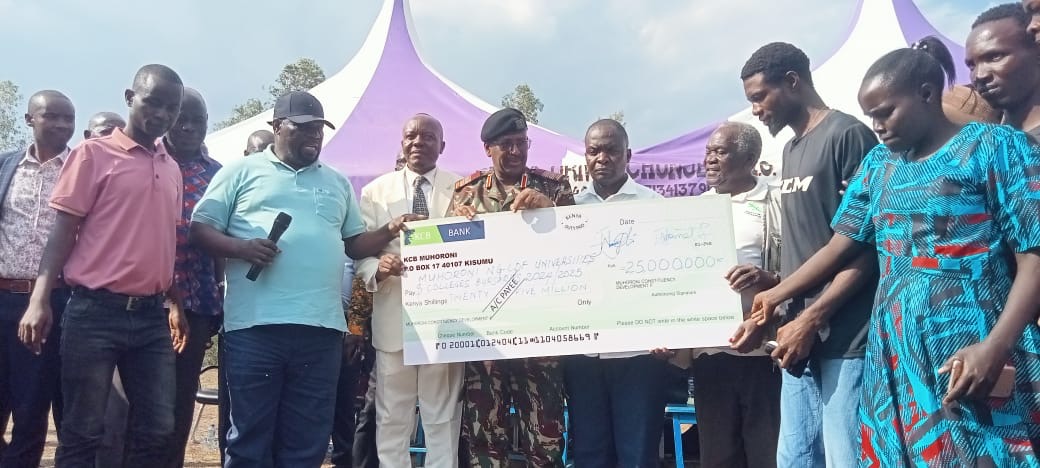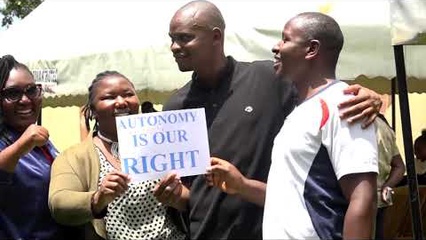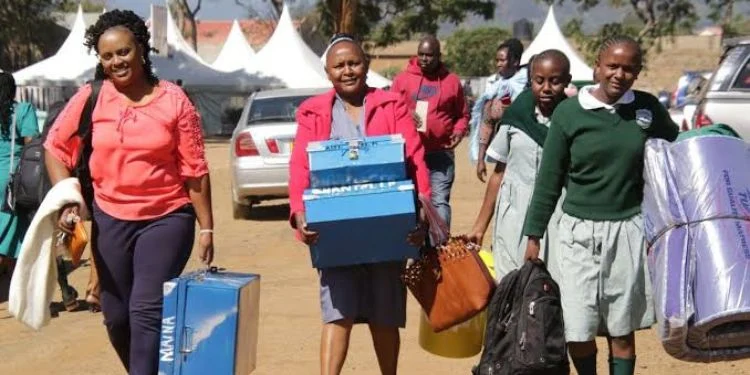By David Turuthi
President Uhuru Kenyatta recently launched the Semiconductor Technologies plant at the Dedan Kimathi University of Technology (DEKUT) in Nyeri.
What this means is that Kenya has joined the league of countries like Japan, South Korea, Thailand and the US in the manufacture of semiconductors, also known as system chips, which are used to control the most critical functions of any electronic apparatus; smartphones, tablets and other electronics.
Now that Public Private Partnership (PPP) between the university’s science and technology park and the American nanotechnology firm 4Wave Inc has started, we must start thinking how secondary schools could align themselves in readiness to provide gifted students, scouted for early, to join this specialized facility, which is the only one of its kind in Africa.
At school level, teachers should identify the potential innovators among the students. These are the challenging students who: experiences boredom and frustration when work is not challenging or related to their interests; usually questions an assignment or asks, “Why?”; are creative and able to identify and solve problems in multiple unique ways.
They are usually impatient and unwilling to wait for results; often has low self-esteem because they are not viewed as successful and therefore gets negative feedback from peers and adults; lacks self-control, often makes poor decisions, and doesn’t understand delayed gratification.
These are the learners with talent. Expose them through the science fair in teams and mentor them.
We will be following the footsteps of Toyota Motor Corporation in Japan that identifies innovators, gives them scholarships and takes care of their extended family so that the innovator may dedicate their entire life to the company whole heartedly.
Centers of excellence where millions of shillings were pumped in 2012 should do better than say baking bread in the compound.
Students in the 20 schools established as Centers of Excellence countywide, should innovate and apply their computer skills beyond the classroom. The schools should be mini- incubation centers.
The product from these centers should be presented for competition during science fairs for secondary school students. Organizers of the fair should make use of staff from The Centre for Mathematics, Science and Technology Education in Africa (CEMASTEA), as judges of innovations and models.
To give quality guidance, organizers should incorporate the Ministry of ICT, Innovation and Youth affairs to get appropriate ICT policy guideline and to benefit from their national network.
I am challenging other universities to identify innovators in secondary schools and give them special scholarships on that account; the way sportsmen are.
Universities should visit schools’ science and technology fairs to scout for innovations that can be developed commercially.
For purposes of specialization, Egerton University should take care of all Agriculture based innovations while JKUAT should concentrate on Technology based innovations.
While these things are happening, the Kenya Industrial Research and Development Institute (KIRDI) should be invited to help develop the innovations and technologies into acceptable prototypes.
Another player who should be brought on board is the Chandaria Business Innovation & Incubation CentreKenyatta University (KU) to scout for promising innovations at school level.
The Ministry of Industrialization should be incorporated in the process to help in aligning the Industrialization Policy to practice.
The nitty-gritty of Kenya Property Rights Policy (Patents, Trade Marks, Service Marks, and innovation); Private Sector Development Strategy and Quality Control including Industrial Standards to shield from piracy and theft of ideas.
Lastly, the whole idea projects thereof should be locally funded from internally generated funds of the national government and implemented using local manpower because, Foreign-Assisted Projects (FAPs), are susceptible to manipulation and worse still, foreign intrusion is likely to run away with our brilliance.
Since it is advisable to copy good practice, we should see more partnerships by the Center of Excellence in Sustainable Agriculture & Agribusiness Management (CESAAM) at Egerton University; Sustainable Use of Insects as Food and Feeds (INSEFOODS) at Jaramogi Oginga Odinga University of Science & Technology and Centre of Excellence in Phytochemicals Textiles and Renewable Energy (PTRE) at Moi University among others.
With work set to start immediately, and mass production scheduled to start in the second half of the year, in the words of President Kenyatta ‘such partnerships will give life to one of his government’s Big Four Agenda, manufacturing, which is also prioritized in Vision 2030’.
Dr. Turuthi, is the Deputy Principal, Flamingo Secondary School. He holds a PhD in Educational Communication and Technology Email: davidgitau4@gmail.com





